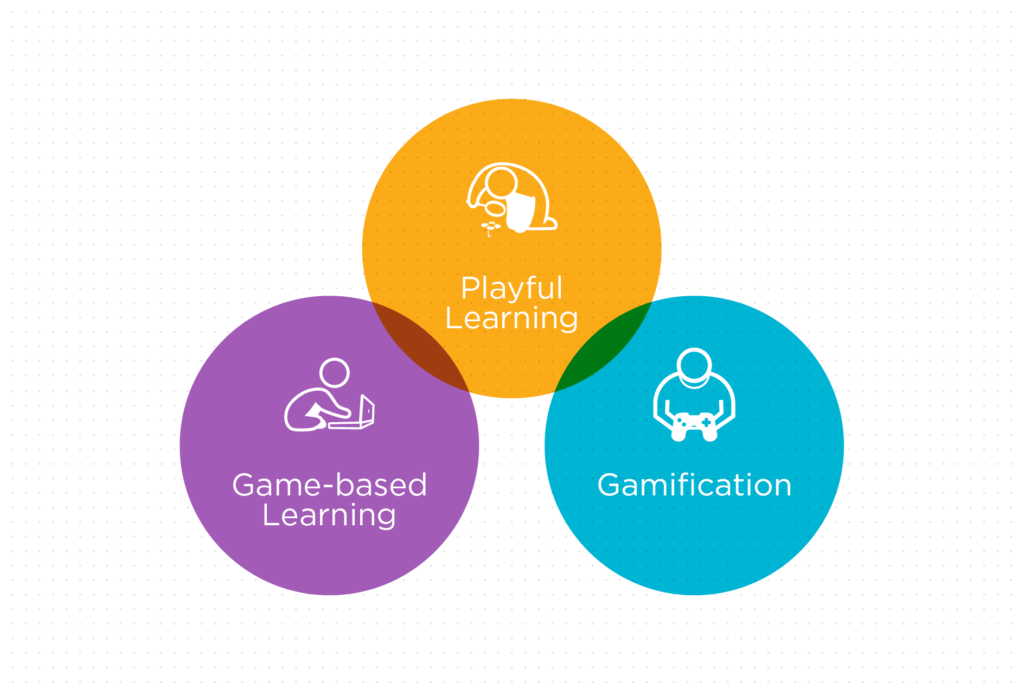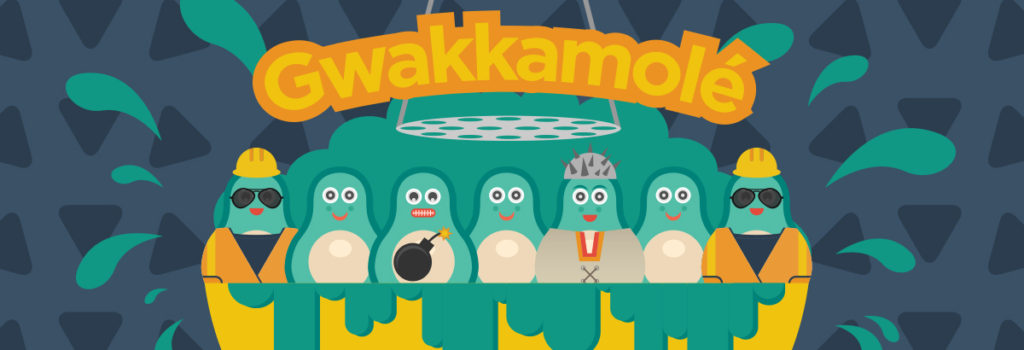As somebody who works in the field of games and learning, I often get asked about gamification versus game-based learning. Is there a difference? Should there be one? To be sure, no broadly accepted definitions exist for either of these terms, but at the Games for Learning Institute at NYU and in my CREATE lab we believe gamification and games for learning represent two very distinct approaches to designing learning experiences. There are other views, of course, such as described by our friends at Filament Games.
Gamification
We think of gamification as an attempt to apply specific game features to an existing learning environment in order to make it more motivating. Learning environment here could even mean a worksheet – often not the most interesting (or effective) way to learn. In order to get learners to engage in these activities anyway, gamification involves adding incentives such as stars, points, or rankings to encourage the learner to expend effort on the otherwise boring task. The learning task itself, however remains largely unchanged.
Game-based Learning
This is where Game-based learning comes into play. Going back to the example of the worksheet, when taking a game-based learning approach we ask whether worksheets are really the best way to learn about potentially interesting and certainly relevant topics such as the electoral college, the popular vote, estimating crowd sizes, or how wiretapping works, to name a few random ones that come to mind. In the games for learning approach, we go back to the drawing board of learning design and ask: How can we design game-based activities that are more interesting, meaningful, and, ultimately, more effective for learning than the existing task? In other words, we think about learning mechanics – the recurring activities in which learners engage while they play the game. We ground the design of these activities in discipline-specific applications of research from the Learning Sciences and related fields. The result is usually a new way of learning–and if we are really really lucky, learners actually agree that it is a good game. An example are our brain training games All you can E.T. and Gwakkamole, available for free on our DREAM platform. And as it turns out, the game mechanic itself, perhaps with the help of a narrative, is so interesting and engaging that we often don’t even use extrinsic rewards such as points or stars.
Playful Learning
Do we always have to design a game when we want to redesign a learning task? Through our work over the past decade we have come to believe that there is a highly interesting middle ground, which we describe as playful learning. When we take a playful learning approach, we may redesign the learning activity to make it more interesting and meaningful, but we use game features only in subtle ways, creating a playful learning experience rather than a full-blown game. An example can be seen in the StatsSims project, in which we used playful elements for the design of simulations for Intro to Statistics courses for high schools and colleges.

Summary
In summary, we use the terms gamification, game-based learning, and playful learning to describe three related yet distinct approaches to the design of learning experiences. Each has their place, but where gamification does not prioritize the redesign of the learning activity, game-based learning and playful learning are approaches that recognize that in many cases, we can do much better in designing activities for learning than worksheets.

